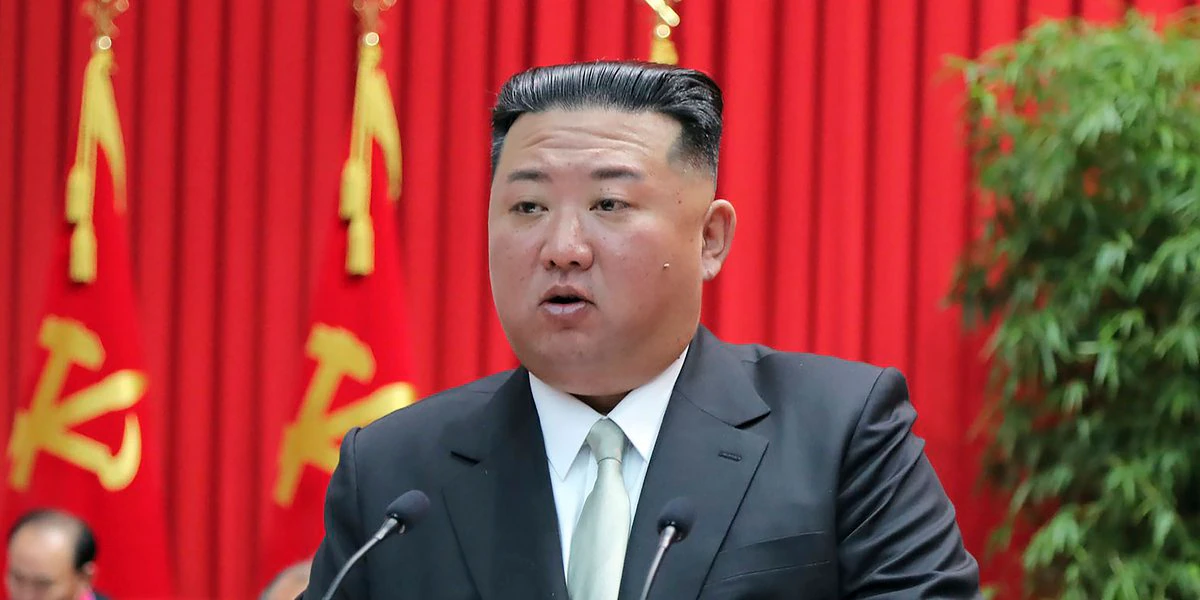Japan’s defence minister has claimed that the President of North Korea has launched an intercontinental ballistic missile (ICBM) that has sufficient range to hit the US mainland.
Africa Today News, New York gathered that the missile had landed in the sea which was roughly 210km (130 miles) west of Hokkaido.
The US has condemned the launch, while South Korea has ordered stronger deterrence measures against the North.
On Thursday North Korean FM Choe Son Hui warned of a ‘fiercer’ response to any increased US military presence.
It also launched a short-range ballistic missile the same day.
That action came shortly after Sunday’s meeting between Mr. Yoon, US President Joe Biden, and Japan’s PM Fumio Kishida in Cambodia.
On Friday US National Security Council spokeswoman Adrienne Watson said Mr. Biden had been briefed and the US would consult with partners.
North Korea has fired more than 50 missiles over the past two months, most of them short-range. These long-range launches are rarer, and pose a direct threat to the US, as the missiles are designed to carry nuclear warheads to anywhere on the US mainland.
The latest suspected ICBM was fired at 10:15 local time (02:15 GMT) from near the North Korean capital Pyongyang, military chiefs in Seoul said.
It reached an altitude of 6,100km on a lofted trajectory and travelled 1,000km (621 miles), reaching a speed of Mach 22, South Korea’s military said.
Africa Today News, New York reports that lofted trajectory means the missile flies much higher into space but across a shorter distance than it would if fired on a normal trajectory.
But Japan’s defence minister Yasukazu Hamada said the missile had sufficient range to reach the US.
‘Based on calculations taking the trajectory into account, the ballistic missile this time around could have had a range capability of 15,000 km, depending on the weight of its warhead, and if that’s the case, it means the US mainland was within its range,” he said.
‘We have told (Pyongyang) that we absolutely cannot tolerate such actions,’ Mr Kishida told reporters in Thailand.
North Korea’s pattern over the past months has been to launch missiles in response to US military activity around the Korean Peninsula.
It is developing a new type of long-range missile, the Hwasong-17, which is larger than the ICBMs it has successfully tested in the past.
Experts believe several attempts to launch the Hwasong-17 have failed, and the North has not yet been able to get it to fly its full course.
Earlier this month the North launched an ICBM but it failed mid-flight, according to the South Korean military.
In October, North Korea launched a ballistic missile over Japan – the first time it had done so in five years.
Despite crippling sanctions, Pyongyang conducted six nuclear tests between 2006 and 2017 and is believed to be planning a seventh.
